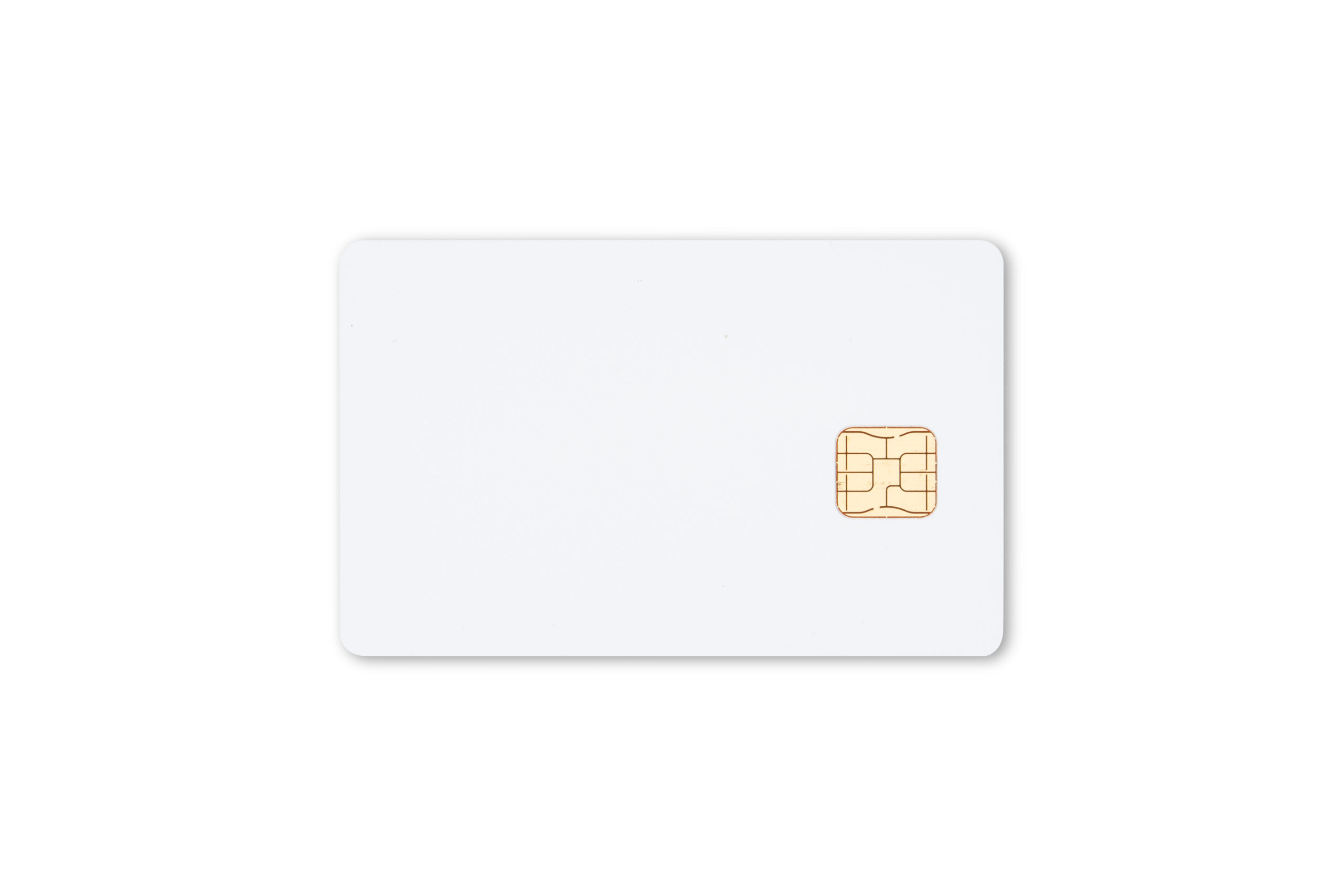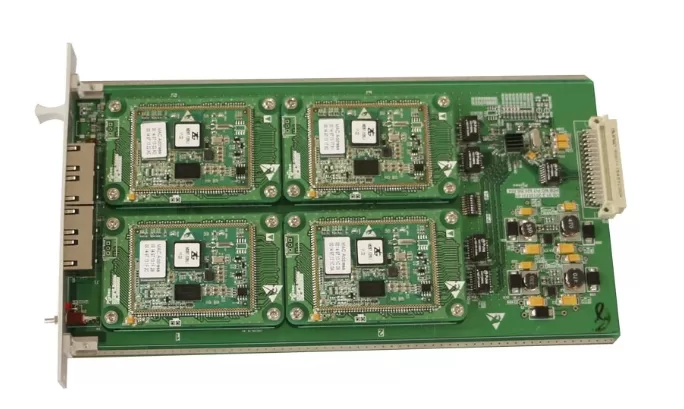
How do we test the functionality of blank cards with chip?
Blank cards with chip, or Smart Cards, are essential components in various industries such as financial services and access control systems. Integrated Circuits (ICs) are typically embedded in these cards, enabling them to perform various functions, including storing data, processing transactions, and protecting sensitive information. It is important for businesses and organizations that require these cards to ensure they are fully functional before receiving them. Testing blank cards with chip involves verifying that it function properly and can perform their intended tasks reliably. In this blog post, DCCO Technology will walk you through the various methods and best practices for testing blank card with chip functionality.
Initial Visual Inspection of blank cards with chip
Before conducting formal technical testing of blank cards with chips, a basic visual inspection must be performed. Although simple, visual inspection is a critical first step in the testing process. During the visual inspection, we check for any visible damage on the card, such as scratches, cracks, or deformation. Pay special attention to the area where the chip is embedded. The chip should be firmly fixed to the card’s surface without signs of falling off or misalignment. Any physical damage to the chip or the surrounding area can impair the card’s ability to function properly.
-1024x1024-jpg.webp)
Next, the overall quality of the card, including the edges and corners, is inspected. Cards should be evenly cut with smooth edges to ensure they can be easily inserted into the card reader without causing mechanical issues. Cards should also be inspected for any anomalies in the printing or labelling. If issues are found during the initial inspection, the card will be set aside for further evaluation or replaced before more in-depth testing.
Electrical Testing of Blank Cards with Chips
Once the visual inspection is complete, the next step in testing blank cards with chips is to perform electrical testing. It is critical that the chip inside the card is functioning properly and can communicate with card readers and other devices. The first electrical test performed is a continuity test. This test ensures a continuous electrical path between the chip and the card’s contacts. We use a multimeter to perform a continuity test to determine if the electrical path is intact. If the multimeter shows continuity, the chip connects properly to the card’s contacts.

Next, a voltage level test is performed to check if the chip receives the correct operating voltage. Most chips in blank cards are designed to operate at a specific voltage level, usually 3V or 5V. Using a power supply and a multimeter, the appropriate voltage is applied to the card’s contacts and the voltage received by the chip is measured, which should match the chip’s specifications. We also test the signals sent and received between the chip and the card reader to verify that the signals are accurately transmitted without interference or distortion. By verifying electrical connections, voltage levels, and signal integrity, you can ensure that the chip is functioning properly and is ready for further testing.
Blank cards with chip Functional Testing
One of the main functional tests is the read/write test. This test verifies that the chip can accurately store and retrieve data. First, a specific data set, such as a series of numbers or text, is written to the chip. Then, the data is returned from the chip and compared to the original data. The data read should exactly match the data written.
Cryptographic testing is required for cards that use cryptographic technology to protect sensitive information. These tests verify that the chip can securely and efficiently perform cryptographic operations, such as encryption and decryption. To perform cryptographic testing, you need software that can interact with the card’s cryptographic capabilities. First, data is encrypted using the chip’s cryptographic algorithm. Then, the data is decrypted and verified to match the original input.
-jpg.webp)
Specific application testing is performed for blank cards with chip use cases. For example, if the card is used in an access control system, test whether it can interact with the reader. This may include checking that the card triggers a door, logs an entry, and communicates with a central management system.
Conducting Communication Tests
Communication tests are an important part of the overall testing process for chip blank cards. They verify whether the card can effectively communicate with external devices such as card readers, payment terminals, and access control systems. The first aspect is protocol testing. Chip blank cards usually use a specific communication protocol, such as ISO/IEC 7816 for contact cards or ISO/IEC 14443 for contactless cards. During protocol testing, the card reader or test equipment sends commands to the card according to the specified protocol. The card’s responses are then analyzed to verify whether they meet the requirements of the protocol.
Compatibility testing is another important aspect of communication testing. This test ensures that the blank card with the chip can communicate with the devices and systems encountered in the intended application. Signal range testing is very important for contactless cards because they can communicate with the card reader through RF signals. Signal range testing verifies whether the blank cards with chip can effectively communicate with the card reader at different distances.
Conducting Card Security Testing
Security is a top concern for many chip-blank card applications, especially in financial transactions, access control, and authentication. Security testing ensures that the chip on the card is resistant to various threats, including unauthorized access, data breaches, and tampering.
This testing involves evaluating the chip’s ability to encrypt data securely and its resistance to brute force or side-channel attacks. DCCO uses specialized software to interact with the chip’s cryptographic functions and perform cryptographic testing. The software attempts to test the strength of the encryption by simulating potential attacks and analyzing the chip’s response. A successful cryptographic test confirms that the chip can securely process and protect sensitive data.
Tamper resistance testing involves subjecting the chip to various tampering techniques, such as probing, voltage manipulation, or micro-probing, to determine if the chip can detect these manipulations and protect its data. Security testing is critical in ensuring chip-blank cards protect sensitive data and prevent unauthorized access. Comprehensive safety testing is performed to ensure compliance with the highest safety standards.
Ensuring their functional integrity
Testing the functionality of blank cards with chip is a comprehensive process involving multiple stages, each of which verifies a different aspect of the card’s performance. From initial visual inspection to advanced security testing, each step plays a vital role, and by following these testing procedures, DCCO Technology can ensure that its blank cards with chip meet the highest standards of quality, reliability, and security.


